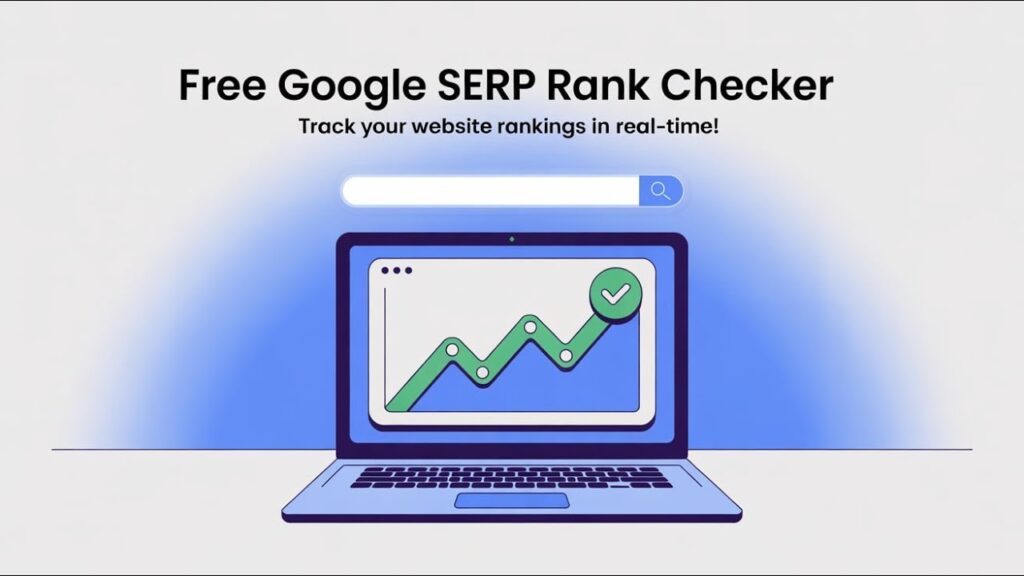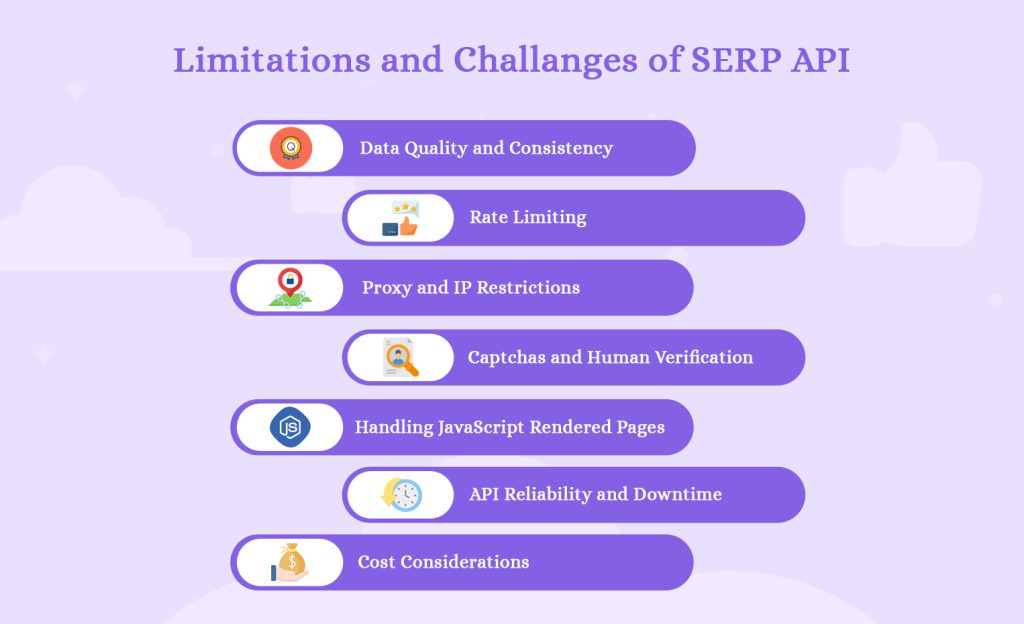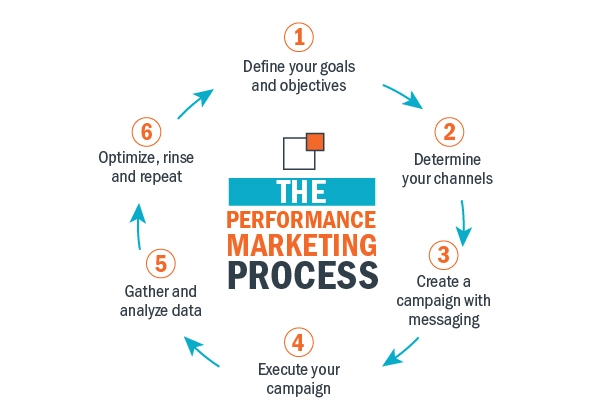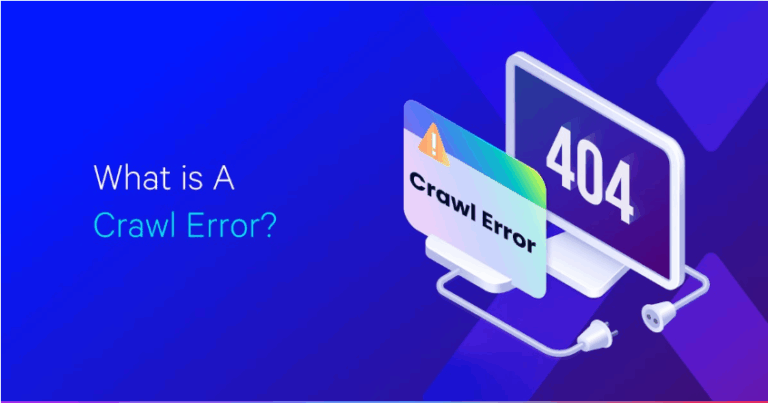How to Track Google SERP Rank Effectively
Tracking your Google SERP rank is essential for SEO success. As search rankings fluctuate due to algorithm updates and competition, consistent monitoring helps maintain visibility. Understanding these changes allows businesses to refine their strategies, strengthen organic reach, and stay ahead in a constantly evolving search environment.

What Is Google SERP Rank?
Google SERP rank refers to your webpage’s position in Search Engine Results Pages (SERPs) for specific keywords. It’s influenced by over 200 ranking factors, including:
- Keyword relevance – Content must match search intent.
- Domain authority – High-quality backlinks boost rankings.
- User experience – Metrics like dwell time and bounce rate affect rankings.
Tracking these rankings helps measure SEO performance, refine strategies, and outpace competitors.
Why Is Google SERP Tracking Essential?
Ignoring SERP tracking can result in missed opportunities to improve your website’s visibility and organic traffic. Without monitoring, it’s difficult to identify ranking fluctuations, measure the effectiveness of your SEO efforts, or adapt to changes in search algorithms. Tracking your position ensures you stay ahead of competitors and optimize for valuable search features.
Consistently analyzing SERP performance helps uncover keyword gaps, refine content strategies, and take advantage of Google’s evolving features like Featured Snippets and People Also Ask. By securing these positions, businesses can enhance their reach and improve user engagement.
What are the Best Methods to Track Google SERP Rank
There are multiple ways to track Google rankings, ranging from manual searches to AI-powered rank-tracking tools:
Manual Google Search
A quick Google search can give you an idea of where your site ranks, but the results aren’t always accurate. Google personalizes search results based on user behavior, meaning different people may see different rankings.
Rankings also change based on location, as Google stitchers results to the searcher’s geographic area. Additionally, mobile and desktop searches can display different rankings due to device-based variations.
For a more neutral check, using Incognito Mode and a VPN can help reduce personalization. However, this method is not reliable for large-scale tracking and should be used with SERP tracking tools for better accuracy.
Google Search Console
Google Search Console (GSC) offers direct insights into your website’s performance in Google’s index. It provides data on average keyword positions, click-through rates (CTR), and impressions, helping you understand how your site ranks for different search queries.
Tracking ranking trends over time allows businesses to refine their SEO strategy. By analyzing low-ranking keywords with high impressions, websites can identify growth opportunities and improve their organic traffic.
Advanced SERP Tracking Tools
Professional SERP tracking tools help businesses monitor rankings and optimize SEO strategies. Here’s a breakdown of top tools with their verified pricing:
- SEMrush – Daily rank tracking, competitor analysis, and local SEO insights. Starts at $119.95/month.
- Ahrefs – Real-time keyword tracking and SERP analysis. Starts at $99/month.
- Moz Pro – Desktop and mobile tracking with historical data. Starts at $79/month.
- Serpstat – Multi-search engine tracking and keyword trend analysis. Starts at $50/month.
- SE Ranking – Automated rank tracking and white-label reports. Starts at $39/month.
Each tool offers unique features suited for different SEO needs, from freelancers to large agencies.
Google Analytics for Indirect Tracking
Google Analytics doesn’t show direct keyword rankings but helps measure SEO performance through key insights. It tracks organic search traffic trends, top-performing landing pages, and conversion rates from search visitors.
By analyzing this data, businesses can identify which pages drive the most traffic and conversions. Focusing on high-ranking pages ensures sustained visibility and helps refine content strategies for better engagement.
Local and Mobile Rank Tracking
Google prioritizes local search results, which means rankings differ based on location. Studies show that 46% of all Google searches have local intent, making geo-specific rank tracking vital.
Tools like SEMrush and BrightLocal allow businesses to check:
- Rankings in different cities or ZIP codes.
- Google Maps and Local Pack performance.
- Mobile vs. desktop rankings, since mobile searches account for 63% of total searches.
How SERP Rank Tracking Faces Challenges
Google’s algorithm updates frequently cause ranking fluctuations, making consistent tracking essential. Updates like the Helpful Content Update (2023) have reshaped how AI-generated content ranks, while the SpamBrain Algorithm targets low-quality link-building tactics. Businesses that monitor their rankings closely can quickly adapt to these changes and maintain search visibility.

SERP personalization and shifting search intent also impact rankings. Google customizes results based on user behavior, location, and device type, leading to variations in search outcomes. Since rankings differ for each user, AI-driven tracking tools help provide more accurate insights by reducing these inconsistencies.
How to Track SERP Rankings Accurately
Using multiple tracking methods improves accuracy. Combining Google Search Console, rank-tracking tools, and analytics provides a clearer picture of your rankings. Since Google adjusts results dynamically, checking rankings at different times helps identify fluctuations and trends.
Tracking both primary and long-tail keywords is essential, as long-tail terms contribute significantly to organic traffic. Monitoring SERP features like Featured Snippets and Local Pack rankings can uncover new opportunities. Businesses that optimize for these features often see noticeable improvements in search visibility and traffic growth.
Conclusion
Consistently tracking your Google SERP rank is key to sustaining search visibility and improving SEO performance. With rankings shifting due to competition and algorithm updates, leveraging GSC, SERP tools, and analytics ensures accurate insights. By monitoring trends and optimizing for SERP features, businesses can stay ahead, drive organic traffic, and adapt effectively.






